By Norvise Team Member Ben ClevelandIt all started in Newfoundland Canada, my love and passion for Atlantic salmon fishing begun. One morning my father in law wanted me to go with him to try fly fishing, so we got up early and trucked in the woods. He was showing me how to cast and when he hooked into a fish and handed me the rod. That’s the point I fell in love with the sport of fly fishing. My father in law ties and showed me his flies, one of which was the blue charm which was his most productive fly. As the years went on I purchased my own rod and got into the art of fly tying. I had the help of my father in law and a guy at work to show me the basics. I joined many fly tying groups which gave me constructive criticism to grow myself as a tyer. I learned more about flies in the way of Atlantic salmon flies and stumbled on a variation of the blue charm that is one of the most well known Atlantic salmon flies. This variation used a crystal flash under wing and white main wing, and ultimately became one of most productive flies. On a yearly trip to Newfoundland, I brought with me this fly that I found. We got up to go fishing early one morning and my father in law had told me to tie on a blue charm as he had luck the previous day. I decided to tie on my crystal white winged blue charm and within 10 minutes I had a fish on, we released the fish and went back to fish. Another few minutes I had on another fish and my father in law was like are you using the blue charm, I said no I’m using a variation. He asked for one and decided to try it, after 30 minutes he was like this is not working and as he said that he hooked into a fish. He ended up hooking 6 using my fly and I ended up with 10 for the week long trip. This has become my favorite fly to tie as well to use when targeting Atlantic salmon. Also is one of the most requested fly from people interested in obtaining flies. This one fly has most of my success stories while targeting Atlantic salmon. Till Next time.
Tight Lines... This week's blog post comes to us from Norvise ambassador Mike Corrigan. Mike spent some time chasing the fish of 10,000 casts during the pandemic and he shares his experience here. This is a timely post as we just put up his video "Mike Corrigan ties the Comet Minnow" on our YouTube page. You can see the video by clicking HERE If you have not already you may want to subscribe to the new Norvise YouTube channel. we are posting 2 videos per week, this is a great resource for learning new techniques on the Norvise. Since landing my first Musky a few years ago, I have been addicted to the maddening follows and the mayhem that ensues if the fish do commit. When able to spend a day on the water pursuing Muskies, I generally define success simply by the number of “follows”. Fish or no fish it is a day well spent just to be able to entice these predators. Interestingly, the smaller lakes that do have Musky here locally are generally devoid of other fly rod species; there are Musky and there is bait! A year ago I decided to hire a guide and get serious about chasing Musky. Where I am living in central Canada there are a lot of Musky, but no guides that cater to fly anglers. As a former guide, all I was looking for was someone with the knowledge of the water and the habits of the fish. The lake the guide selected was absolutely perfect for fly fishing, it is a long narrow lake with lots of bays and as it turned out an abundance of fish; both Musky and Tiger Musky. Much to the guides surprise, we did very well that day, well enough for me to plan a trip back in 2020. Over this past winter, with last years trip in mind, I contacted some buddies in at my local fly fishing club (Manitoba Fly Fishers Association) and it was very easy to fill the 5 other spots. The plan was to stay at a drive to lodge a few hours away, in the heart of Musky country, and give it a go. Four of the 5 others had never cast a fly to a Musky let alone seen one in person. With expectations tempered for the “fish of ten thousand casts”, and warnings from the lodge owners that Musky on a fly was a tough go, we hatched a plan. Fly fishers, it seems, are certainly the eternal optimists. Between that December 2019 fishing pact with the group and the whole world being turned upside down with the COVID issue things were touch and go. The trip was on then off then back on, then delayed. Our assigned week was moved 3 weeks past the season opener, but we did have the plan finally come together with the original 6. The 4 newbies hired the guide I had used the previous year for a day; splitting the morning and afternoon session so all had a chance to learn the way of the Musky. The fly patterns we used were small compared to the ones that are touted as a requirement to catch Musky. The fly I refer to as my “Goldfish” accounted for my 40” and 41” fish plus numerous other smaller ones. We didn’t throw flies any longer than about 5”. The Musky were also keyed into top water and large 1” square poppers did the trick. As an aside, I do fish Musky from a pontoon boat on some of the smaller local lakes. I have observed, on several occasions, that during the Hexigenia hatch the Musky will slurp these easy prey like a Trout. So, it is not all about the top predator only eating baitfish. Apparently, Musky like to change up their food source as well. For the duration of the trip we all fished barbless hooks. It is not a local requirement but it is just the way we fish. Most of the Musky we landed did not require any hook removal whatsoever. With their nasty sets of teeth we reasoned that they bite down on the fly and their teeth get tangled in the material that we dressed the fly with. Once they feel the net they seemed to open their mouths and the fly “self-released”. One morning we had a rain delay and I went through leader building with the Knot2Kinky wire. It is amazing stuff to use once you get comfortable with the knots. As most anglers know a normal store bought leader would be good for one toothy fish and then it is finished. During the week we noticed some rather odd Musky behavior. We had several fish put their noses literally on the gas motor as we were using the electric to maneuver the boat along the shoreline. We also had a 40” plus fish follow us along the side of the boat (within a rod length) for several hundred feet of shoreline; we literally cast over its head into the likely holding water. It seemed they may be programmed that a release of a tired Walleye might happen? For most of the week we would follow up a cast with a large oval pattern with the rod tip, often seeing Musky appear from the depths. We would drop the rod tip well within the water column, so the fly would have a downward movement followed by raising the rod tip and subsequent ascent of the fly. This technique would end up producing several fish including my largest. Figure 8’s aren’t impossible with a fly, but they are more difficult. The week really was one for the memory banks and it was a trip of a lifetime for most. We have plans for 2021 already in place and we may do some exploring to some neighbouring lakes as well. Like I say this part of Canada is Musky Central and there are lakes available with the 50” plus brutes, but I am still “baby stepping” my way up to them after landing some of the hawgs on this trip.
Mike Corrigan |
Archives
June 2024
Categories
All
|

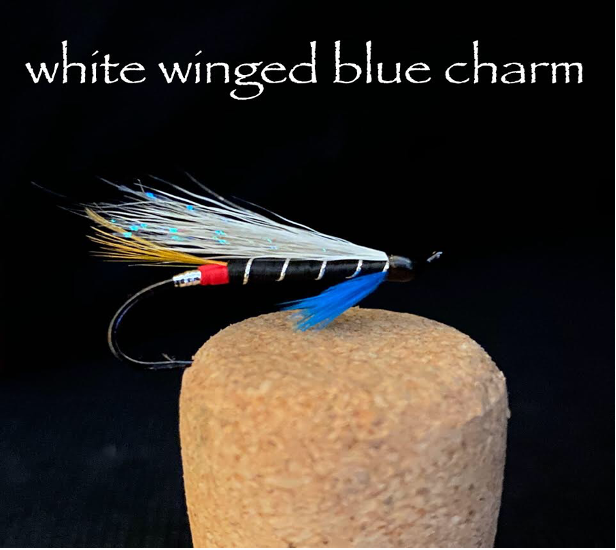

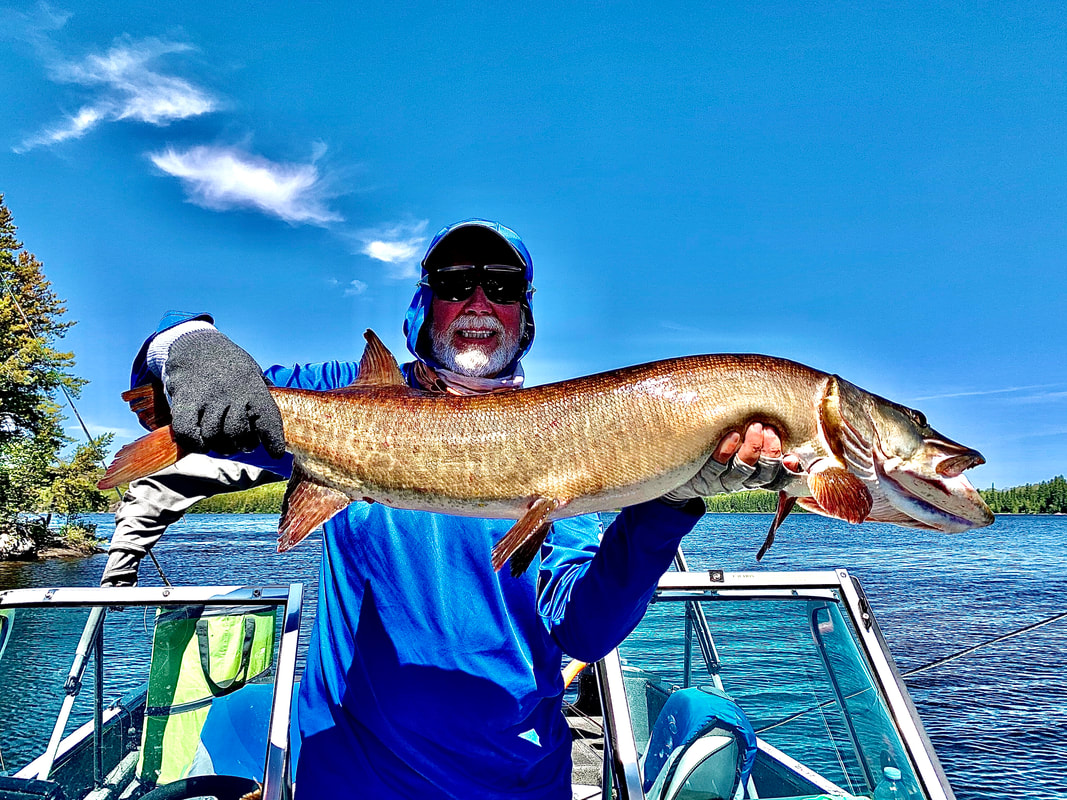
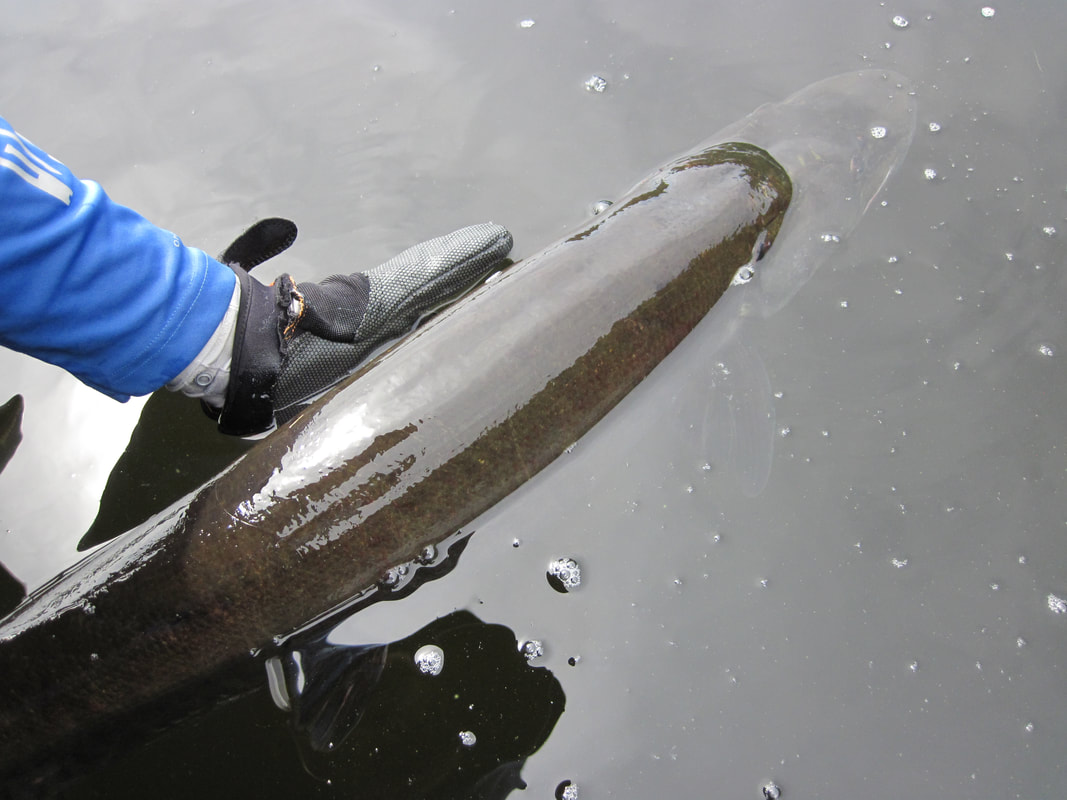
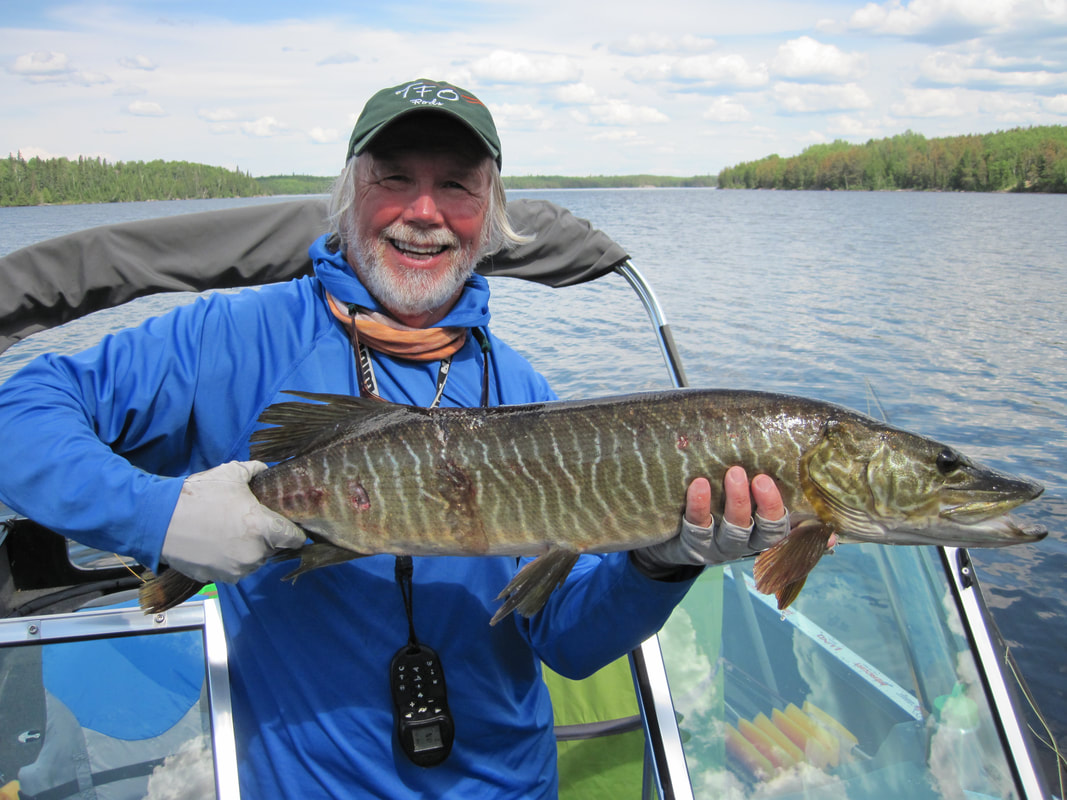
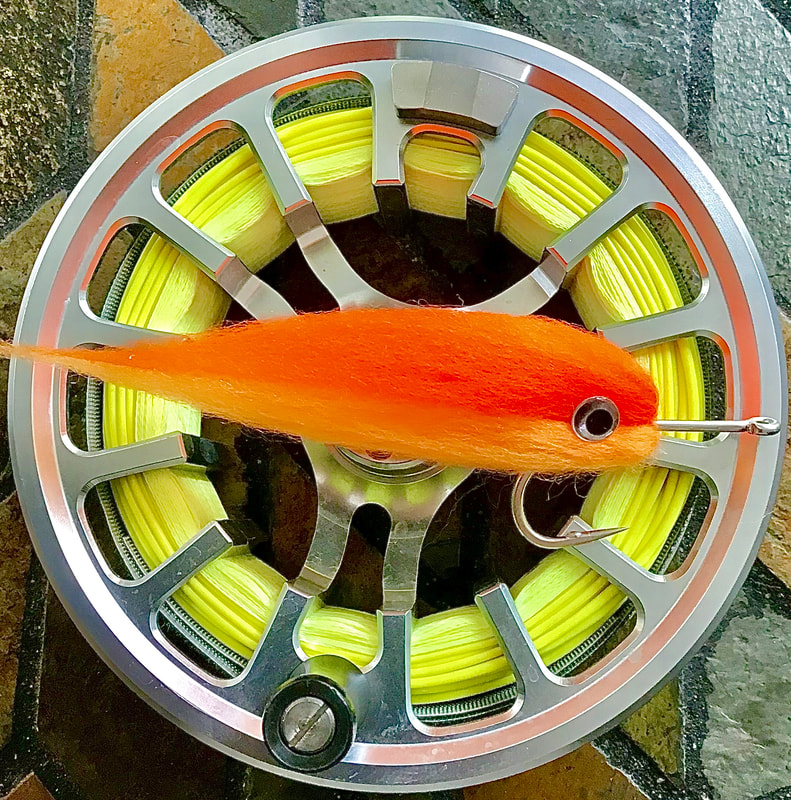
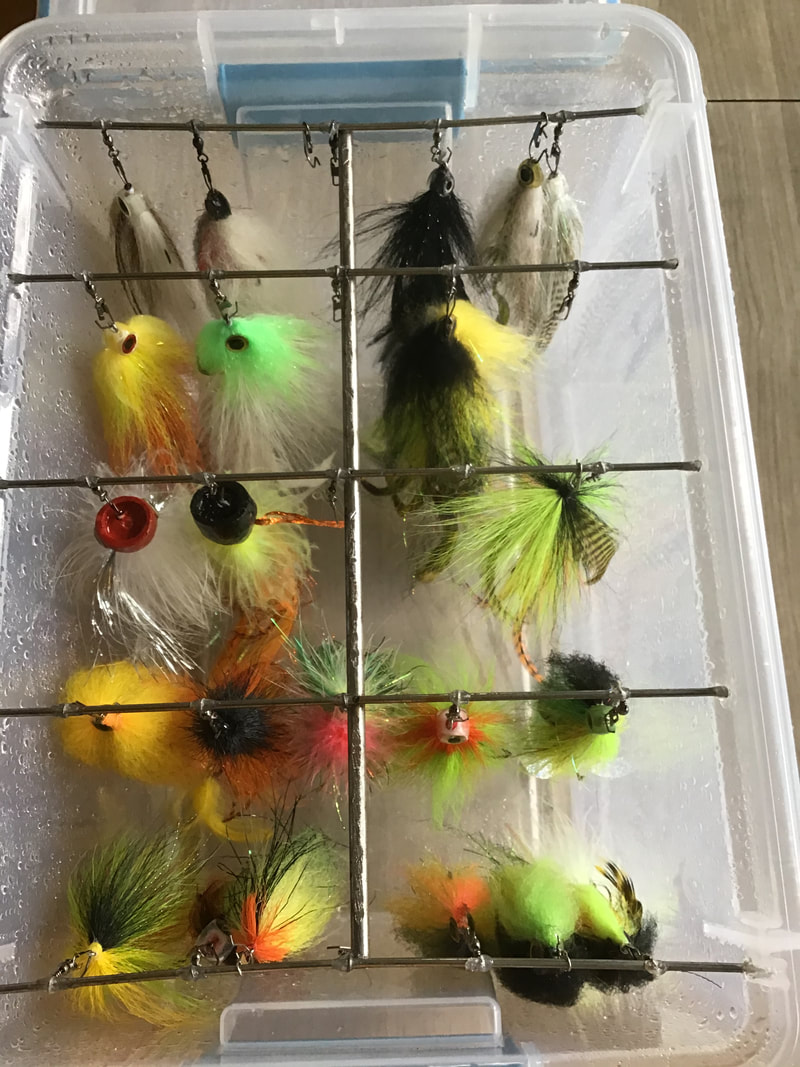
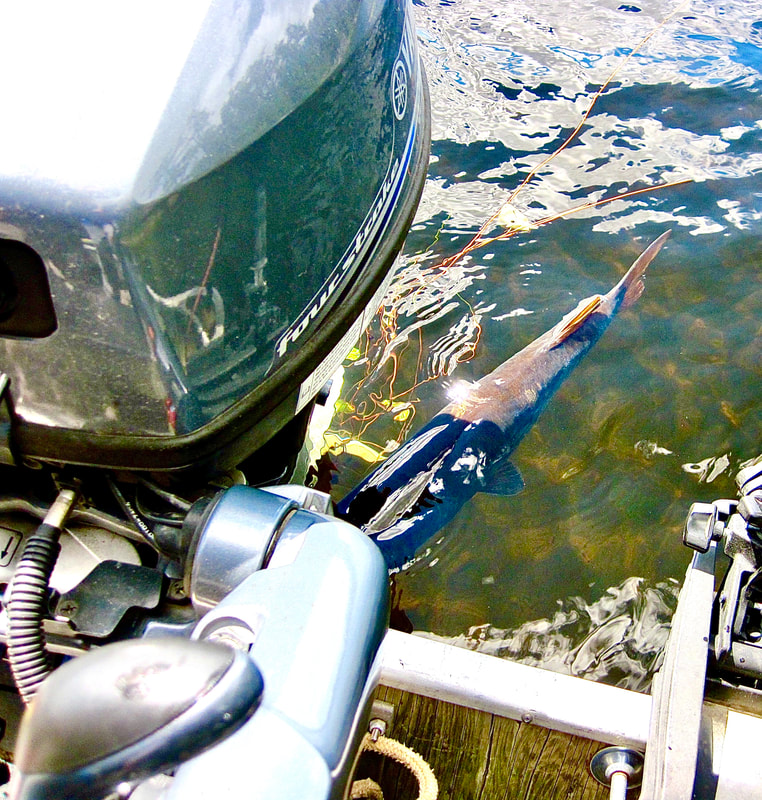

 RSS Feed
RSS Feed
